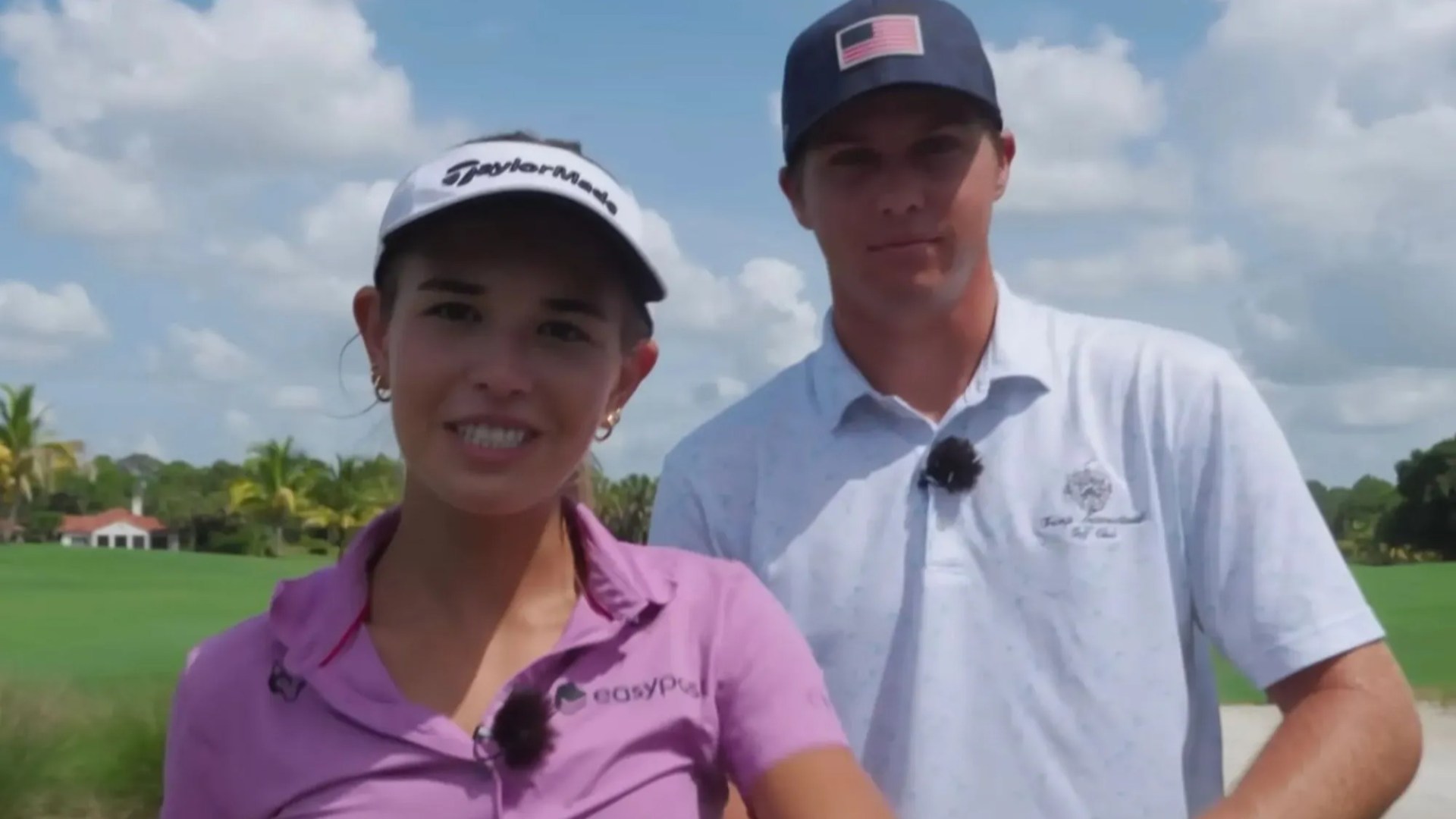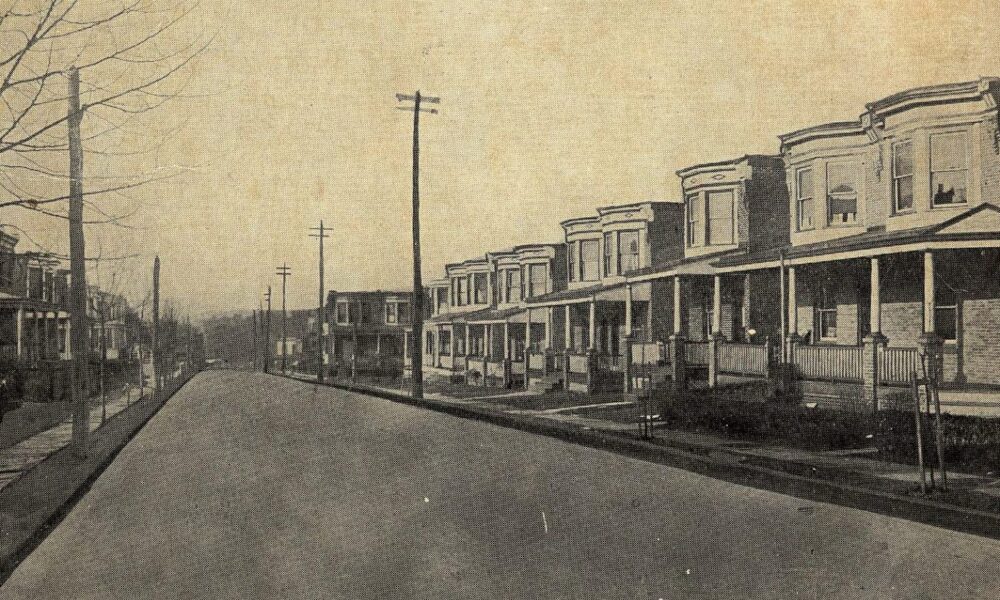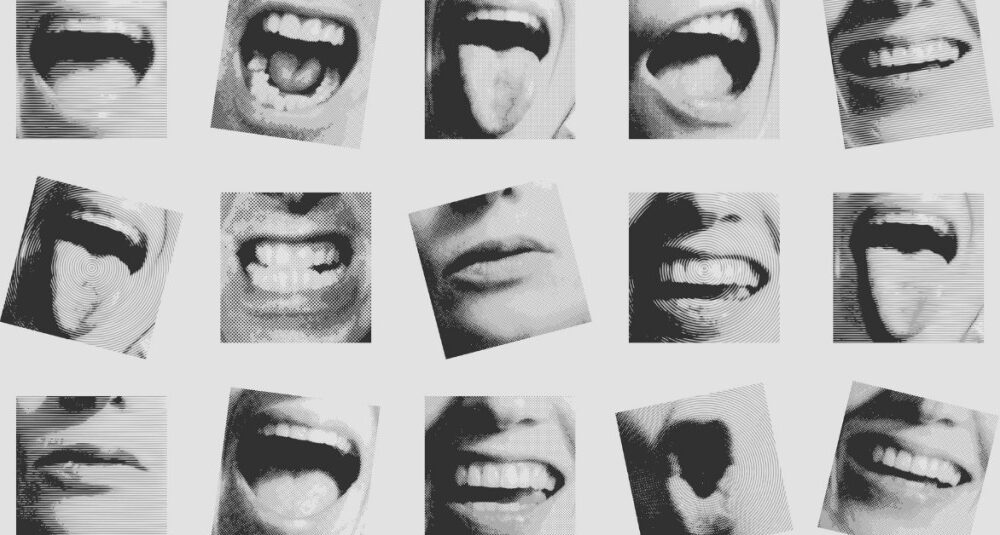This weekend, Mexican American families across the United States will honor their ancestors during the Day of the Dead, or Día de Muertos. This vibrant celebration includes the creation of home altars known as ofrendas, adorned with marigolds, sugar skulls, and photographs of deceased loved ones. As the tradition faces increasing commercialization, community members express concerns about maintaining its cultural significance while adapting to modern influences.
Tradition Meets Modernity
The Day of the Dead has long been a deeply personal family affair, characterized by intimate gatherings and cemetery visits. Families typically decorate graves with flowers and prepare offerings of favorite foods, music, and personal items for their departed. The National Museum of Mexican Art, located in Chicago, hosted an event on October 25, 2025, showcasing ofrendas that exemplify this cherished tradition.
According to Cesáreo Moreno, the museum’s chief curator, the release of Disney’s animated film “Coco” in 2017 significantly impacted how the celebration is perceived and practiced in both Mexico and the United States. “Coco” not only popularized the Day of the Dead but also made it more marketable, prompting cities across America to organize festivals and parades.
“The Mexican American community in the United States celebrates the Day of the Dead as a cultural expression,” Moreno stated. “It plays a vital role in the grieving process. But with ‘Coco,’ that movie really thrust it into mainstream popular culture.”
Concerns Over Commercialization
As the celebration gains popularity, some aspects have become conflated with Halloween, altering the way many understand and celebrate the Day of the Dead. In recent years, there has been a trend toward minimalistic ofrendas that lack the colorful decorations traditionally associated with the holiday. Moreno notes that while innovation can be refreshing, it is crucial to retain an understanding of the tradition’s essence.
“If people start transforming that, that is what I am against,” he said, emphasizing the importance of cultural integrity. Some community members, like Ana Cecy Lerma, believe that the minimalist trend is driven by a desire for social media-friendly aesthetics rather than genuine connection to loved ones.
“If your reasoning is merely that you like how it looks, then I feel that’s losing a bit of the reason as to why we make altars,” Lerma commented.
Sehila Mota Casper, director of Latinos in Heritage Conservation, expressed concern that businesses are prioritizing profit over culture in their commercialization of the Day of the Dead. She highlighted how big retailers, including Target and Walmart, now offer create-your-own-ofrenda kits, which raises questions about cultural appropriation.
“It’s beginning to get culturally appropriated by other individuals outside of our diaspora,” Mota Casper remarked.
Despite the commercialization, individuals from outside the Mexican American community, like Beth McRae, have developed a deep appreciation for the tradition. Living in Arizona and California, McRae has created her own altar for the Day of the Dead since 1994, amassing a collection of over 1,000 related items.
“It’s done with respect and love,” she said. “It’s an opportunity to raise awareness among those unfamiliar with the culture.”
Others, like Salvador Ordorica, a first-generation Mexican American in Los Angeles, advocate for the evolution of traditions to ensure they remain relevant for younger generations. “I think it’s okay for traditions to change,” Ordorica noted. “As long as the core of the tradition remains in place, it’s a way to keep it alive.”
As families prepare to celebrate the Day of the Dead this year, they navigate the delicate balance between honoring their cultural heritage and adapting to contemporary influences. This ongoing dialogue highlights the resilience of the Mexican American community and their commitment to preserving the meaning behind their cherished traditions.







